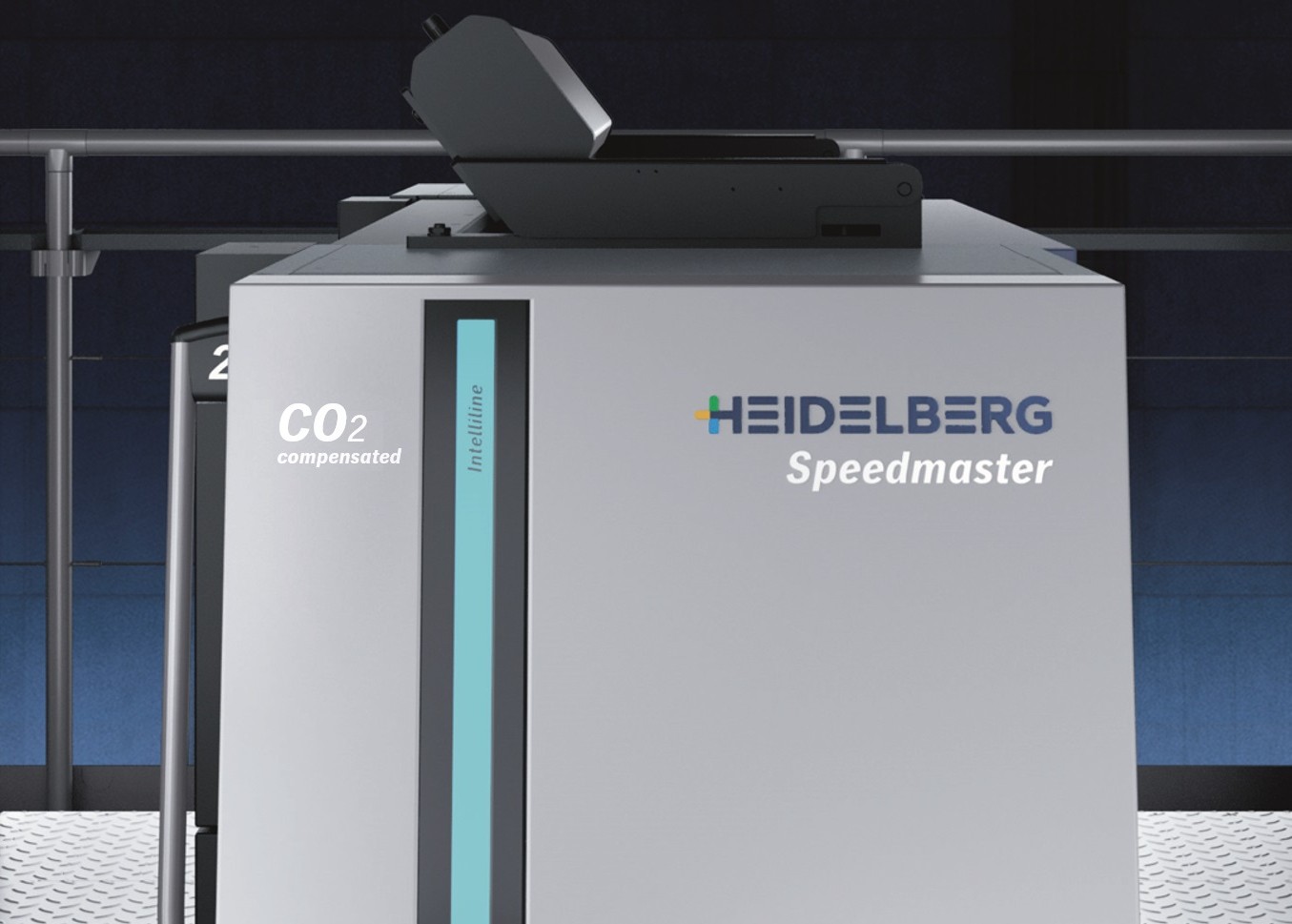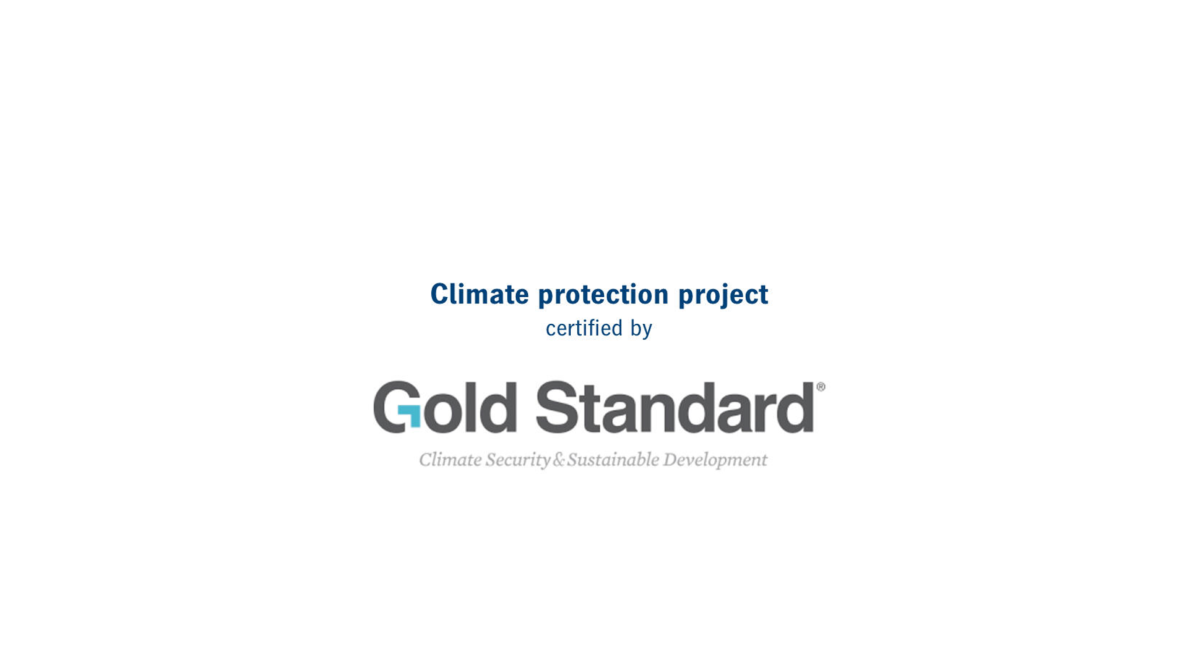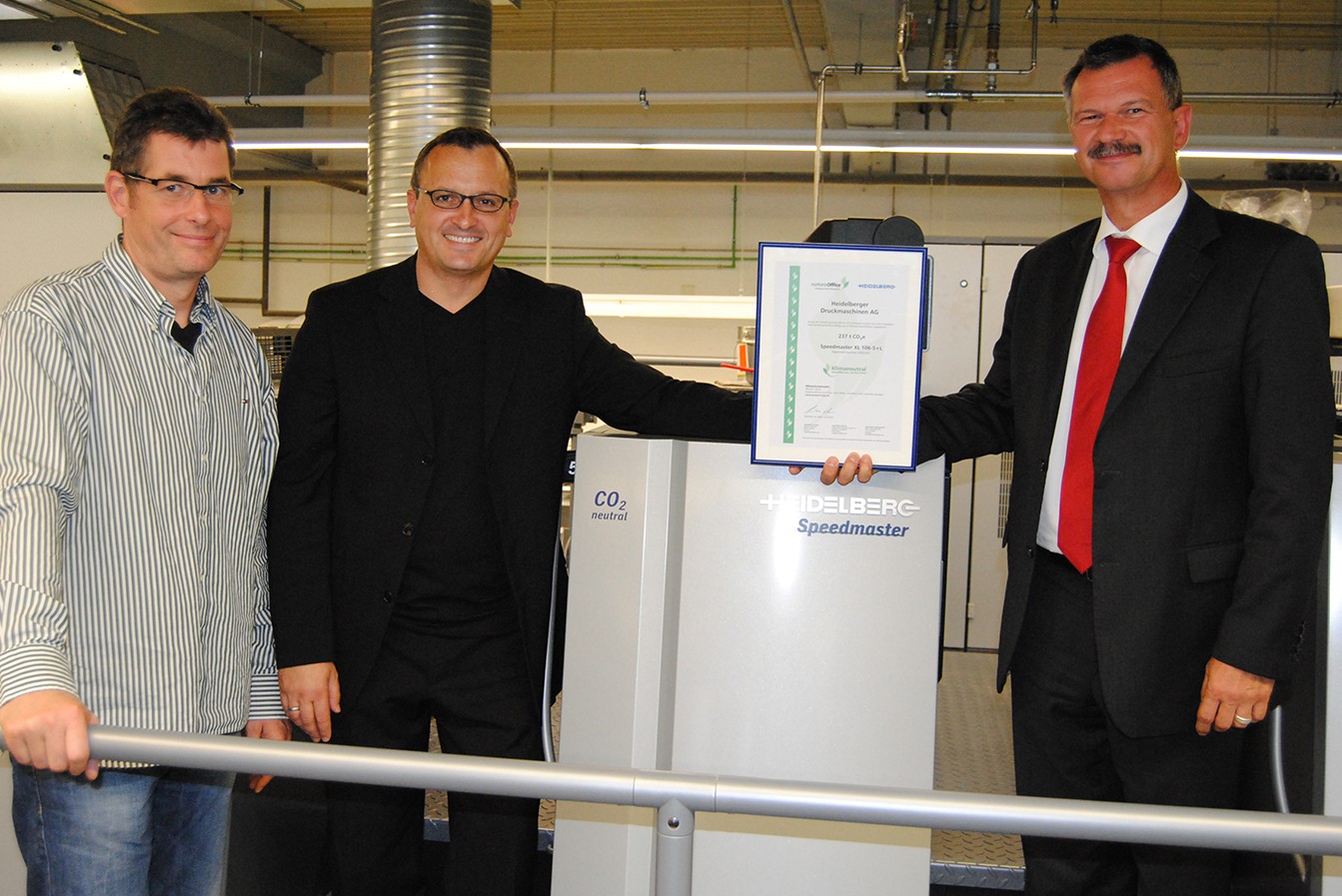
Following international eco-balance standards, HEIDELBERG - in co-operation with the TU Darmstadt (Darmstadt University of Technology) - has elaborated a method for precisely calculating the CO2 footprint of printing equipment.
The CO2 footprint of the printing machine is calculated according to cradle to gate principle - i.e. without taking into account transport to your print shop. It is based on a detailed analysis of energy consumption and transport needs, as well as on the percentage of the various materials with their specific CO2 footprint. In this case, not only the CO2 emissions caused during the production at HEIDELBERG will be taken into consideration, but also those of the suppliers.
For example: Depending on the configuration of the equipment, approx. 260 tons of carbon dioxide are generated during the manufacturing of a Speedmaster XL 106-6+L. The percentage inherent to the material and the energy needed for production tends to be equal. The material's largest CO2 driver is not the iron, but the electronic components.
The Fraunhofer Institut UMSICHT certifies that Heidelberger Druckmaschinen AG calculates the CO2 footprint for manufacturing printing presses according to the rules.


Greenhouse gas emissions generated during the manufacture of press or post-press equipment are offset by the purchase of carbon credits corresponding to the machine's carbon footprint. Emission credits or certificates are assigned to distinct climate protection initiatives.
HEIDELBERG has chosen to allocate emission credits to certificates certified by the "Gold Standard" (established by WWF and other international NGOs), as they guarantee a strong commitment to combating climate change and fostering sustainable development, with a diverse array of programs to choose from.


Today, climate protection is a key success factor and a selling point for businesses. Print shops which have acquired the "Equipment CO₂-compensated" certificate from HEIDELBERG can demonstrate their environmental commitment to their customers in multiple ways:
